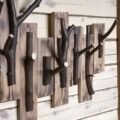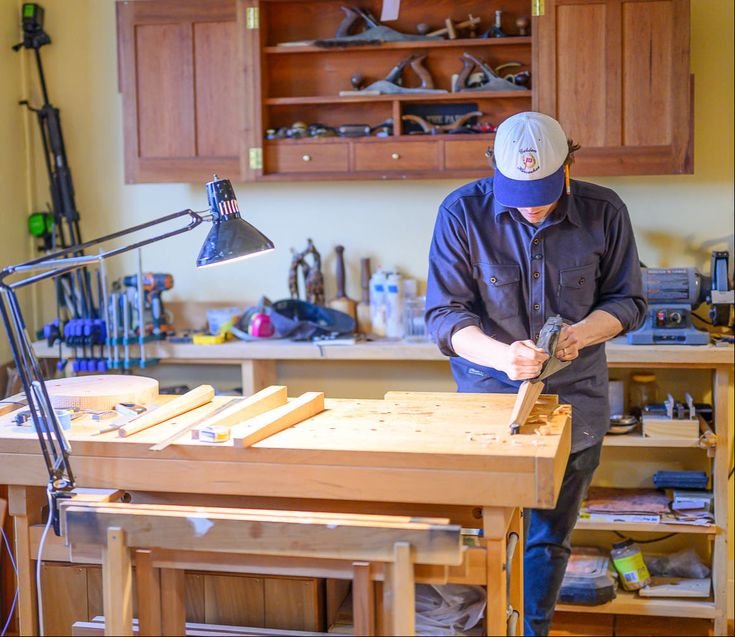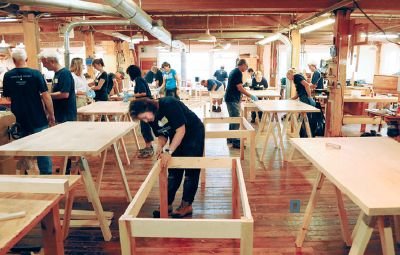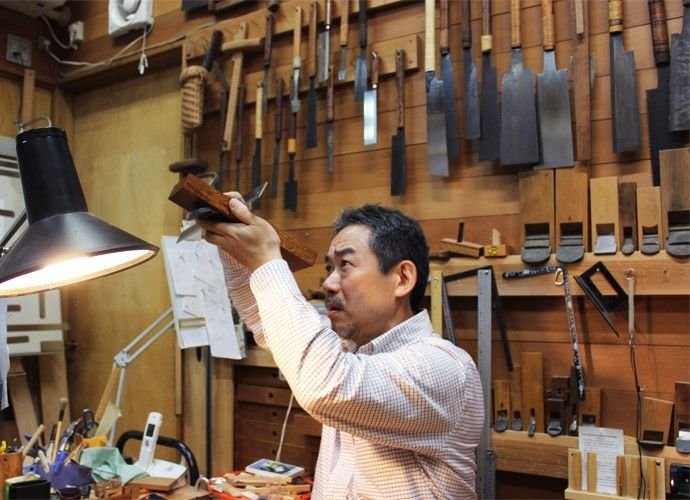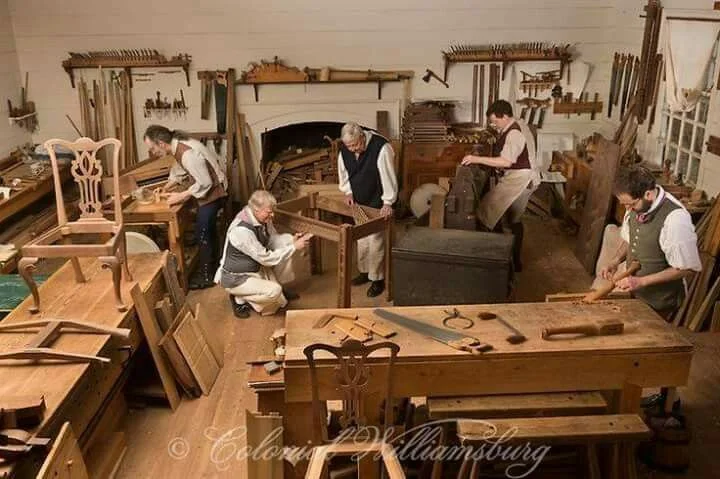The Awkward Dance with Numbers: My Woodworking Journey
You know, there’s something magical about the smell of sawdust. I mean, it floats around in the air, mixing with the burning scent of wood, and it just gets me every time. You can’t help but feel a little excited when you step into your garage and see those piles of lumber waiting to be transformed into something beautiful. But let me tell you, this woodworking thing, it ain’t all sunshine and birds chirping. No, sir, there’s plenty of sweat, a few bruised egos, and lots of head-scratching moments—especially when it comes to calculations.
So there I was, just a couple of years back, all fired up about building my first piece of furniture. We’re talking about a dining table here—a real centerpiece for the family. I had big dreams, and Pinterest was my constant companion for inspiration. You know how you can scroll for hours, lost in beautiful images of rustic tables and charming benches? Yeah, that was me. But there’s a catch to all that inspiration, and it’s called measuring and cutting.
The Day I Meet My Calculator
So, like most DIYers, I got myself a nice chunk of maple—I love the rich color and it’s a sturdy choice. I figured maple wouldn’t just be strong but also look really nice once it was stained. I had my wood, some basic tools—a circular saw, a hand sander, and a trusty tape measure. Before I dove in, I figured, “Hey, I can just wing it, right? What could possibly go wrong?”
Well, this is where I chuckle about my youthful confidence. I’d cut the boards fairly well, or so I thought. But it came time to fit everything together—oh man, did I find myself in quite the pickle. Turns out, my measurements weren’t just a smidge off; they were like three-eighths of an inch off here, half an inch there. I almost gave up when I realized that I had to somehow match these pieces that looked like they’d been cut by a toddler with a dull knife.
The Aha Moment
Now, luckily, I am a little stubborn. So after a fair amount of yelling at the universe and maybe a minor tantrum with my rubber mallet, I decided to sit down with some coffee and think it through. While I was nursing my mug of black gold, I remembered a friend telling me about using a calculator specifically for woodworking projects. I’d brushed it off at the time. What did I need a fancy calculator for? But now, with boards flying around my mind like rogue frisbees, I thought, “Why not?”
Let me tell you, when I finally got that calculator up and running, it was like the heavens opened up. Okay, maybe that’s a tiny exaggeration, but it definitely felt like a lightbulb moment. I started plugging in my dimensions and realizing that, hey, I could actually plan this out. Who knew?
The Realization
It was a game changer. I discovered how to calculate board feet, angles, cuts—everything I needed. Funny enough, I still felt that familiar creeping doubt, like, "Is this really going to solve my problem? Am I just setting myself up for another disaster?" But I kept pressing through, and bit by bit, I began to see the pieces come together. There’s something oddly satisfying when math turns into art. I know, I know; I’m not supposed to like math, but in that moment, it felt like I was finally getting the hang of it.
When I finally put those pieces together and stood back to admire my work, I couldn’t help but laugh. I mean, it ended up being, well, not perfect, but it was mine. The little gaps told the story of my journey, the struggles, and the stubbornness that got me through. I felt a bit like a mad scientist, turning chaos into a dining table that would be the gathering point for countless family dinners.
Lessons in Every Grain
Now, I won’t pretend that I didn’t learn a few lessons the hard way. There was that time I mixed up the measurements for the table legs (who knew there were different dimensions for “short” and “tall”?), or when I put the wrong stain on because I wanted a rustic look but ended up with something that looked, uh, interesting. It’s okay, though. Each misstep made me chuckle a little more and kept me appreciating every little flaw. Embracing the imperfections—that’s the real woodworking joy, isn’t it?
So, if you’re sitting there, maybe just a bit inspired but also a little wary of trying out something new, do it. Whether it’s using a calculator for woodworking or just diving into a project you’ve stared at for a while, jump in. I wish someone had told me sooner that it’s okay to mess up. That’s part of the craft, part of being human.
You’ll get sawdust in your hair, maybe even a few splinters here and there, but the feeling of creating something with your hands? There’s nothing quite like it. So grab your wood, maybe pull up a calculator, and give it a go. You never know what beautiful chaos you might create.




